Home>Furniture & Design>Interior Design Trends>How To Clean Soot Off Glass
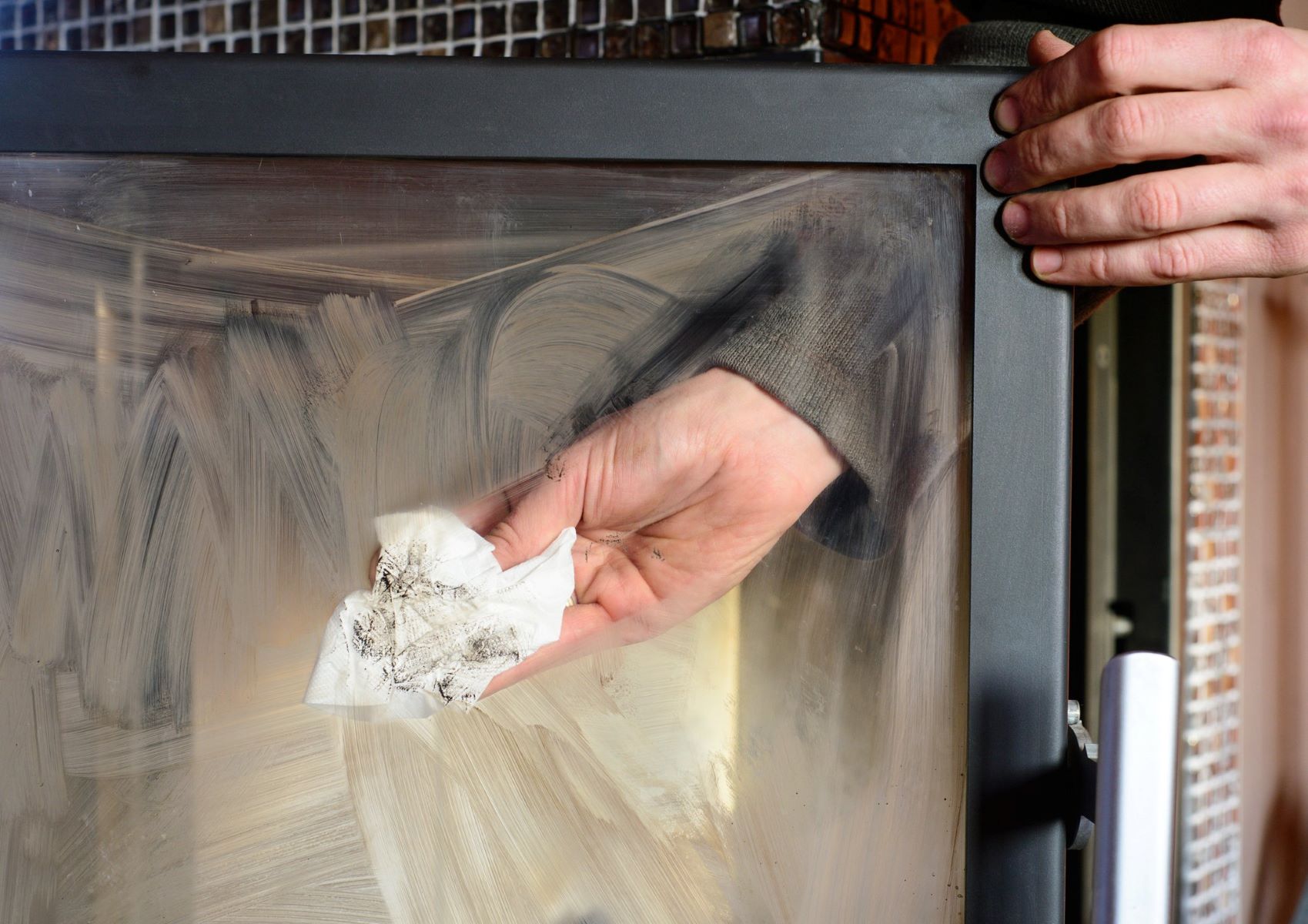

Interior Design Trends
How To Clean Soot Off Glass
Modified: February 18, 2024
Learn how to effectively clean soot off glass surfaces with our expert interior design tips. Keep up with the latest interior design trends and maintain a sparkling clean home.
(Many of the links in this article redirect to a specific reviewed product. Your purchase of these products through affiliate links helps to generate commission for Storables.com, at no extra cost. Learn more)
Introduction
Cleaning soot off glass surfaces can be a challenging task, especially when it accumulates on fireplace doors, wood-burning stoves, or candle holders. Soot, a black powdery or flaky substance, is a byproduct of incomplete combustion of organic matter such as wood, coal, or oil. It can adhere stubbornly to glass, leaving unsightly marks and diminishing the aesthetic appeal of the affected surfaces.
Whether you're preparing your fireplace for the cozy winter season or restoring the luster of your glass decor, knowing how to effectively remove soot is essential. This comprehensive guide will equip you with the knowledge and techniques needed to tackle soot buildup and restore the clarity and shine of your glass surfaces.
Understanding the nature of soot and the safety precautions to observe are crucial before embarking on the cleaning process. Equipped with the right tools and materials, you can efficiently remove soot without causing damage to the glass. By following the step-by-step cleaning process and incorporating additional tips and tricks, you'll be able to achieve remarkable results and maintain the pristine condition of your glass surfaces.
Join us as we delve into the intricacies of cleaning soot off glass, empowering you with the expertise to revitalize your living spaces and enjoy the beauty of crystal-clear glass once more.
Key Takeaways:
- Say goodbye to soot! Use gentle tools like microfiber cloths and mild cleaning solutions to restore the sparkle of glass surfaces. Prioritize safety and follow a step-by-step process for optimal results.
- Keep glass surfaces gleaming by incorporating preventative maintenance, natural cleaning alternatives, and professional services. Embrace the expertise to tackle soot and maintain the elegance of your living spaces.
Read more: How To Clean Soot Off Of Brick
Understanding the Nature of Soot
Soot is a black, powdery, or flaky substance that results from the incomplete combustion of organic materials such as wood, coal, oil, and candles. It is composed of carbon particles and other chemical byproducts that are released when these materials are burned. When the combustion process is not efficient, the carbon particles are not fully oxidized, leading to the formation of soot.
The composition of soot can vary depending on the source of combustion. For instance, soot from wood-burning stoves and fireplaces may contain additional organic compounds and resins, while soot from candles may have a higher concentration of waxy substances. This diversity in composition can influence the adhesion and tenacity of soot on glass surfaces.
Soot particles are extremely fine and can easily become airborne, spreading to nearby surfaces and causing discoloration and staining. When soot settles on glass, it forms a thin, dark layer that can obscure visibility and detract from the aesthetic appeal of the affected surfaces.
Understanding the nature of soot is essential for effective cleaning. Its fine particles can adhere firmly to glass, making it challenging to remove using conventional cleaning methods. Additionally, the chemical composition of soot can vary, requiring tailored cleaning approaches to address specific types of soot deposits.
By comprehending the characteristics of soot, individuals can approach the cleaning process with a deeper understanding of the challenges involved. This knowledge enables them to select appropriate cleaning agents and techniques that effectively target soot particles without causing damage to the underlying glass surfaces.
In the subsequent sections, we will explore safety precautions, cleaning tools, and a step-by-step cleaning process designed to address the unique properties of soot and restore the clarity and brilliance of glass surfaces.
Safety Precautions
When dealing with the cleaning of soot from glass surfaces, it is imperative to prioritize safety to prevent potential hazards and ensure a secure cleaning environment. Soot particles can be harmful if inhaled or come into contact with the skin, and certain cleaning agents may pose risks if not handled properly. Therefore, adhering to essential safety precautions is crucial for a successful and risk-free cleaning process.
-
Ventilation: Before initiating the cleaning process, ensure that the area is well-ventilated. Open windows and doors to allow fresh air to circulate, reducing the concentration of airborne soot particles and preventing the buildup of fumes from cleaning agents.
-
Protective Gear: Wear appropriate protective gear, including disposable gloves, a face mask, and safety goggles, to shield yourself from direct contact with soot and cleaning solutions. These protective measures minimize the risk of skin irritation, respiratory issues, and eye exposure during the cleaning process.
-
Avoid Dry Cleaning Methods: Refrain from using dry cleaning methods such as dusting or wiping with a dry cloth, as these techniques can disperse soot particles into the air, increasing the risk of inhalation and further contamination of the surrounding area.
-
Select Suitable Cleaning Agents: Choose cleaning agents specifically formulated for removing soot from glass surfaces. Avoid using abrasive or acidic cleaners that can damage the glass or leave behind streaks. Opt for gentle, non-abrasive cleaners that effectively target soot while preserving the integrity of the glass.
-
Read and Follow Product Instructions: If utilizing commercial cleaning products, carefully read and adhere to the manufacturer's instructions and safety guidelines. Some cleaning agents may require dilution or specific application methods to ensure safe and effective use.
-
Keep Children and Pets Away: Create a safe zone by restricting access to the cleaning area, especially for children and pets. This precaution prevents accidental exposure to cleaning agents and minimizes the risk of ingestion or contact with soot residues.
By prioritizing safety precautions, individuals can mitigate potential risks associated with soot cleaning and create a secure environment for the restoration of glass surfaces. These measures safeguard personal well-being and promote a systematic approach to cleaning, ensuring optimal results without compromising safety.
Cleaning Tools and Materials
The successful removal of soot from glass surfaces hinges on the utilization of appropriate cleaning tools and materials. Equipping oneself with the right implements ensures an effective and efficient cleaning process while safeguarding the integrity of the glass. Here's a comprehensive list of essential tools and materials required for tackling soot buildup on glass:
Cleaning Tools:
-
Soft Microfiber Cloth: A soft microfiber cloth serves as a gentle yet effective tool for wiping and buffing glass surfaces. Its fine fibers capture and lift soot particles without scratching or damaging the glass, facilitating thorough cleaning.
-
Sponge or Soft Bristle Brush: A sponge or soft bristle brush is ideal for dislodging stubborn soot deposits from glass surfaces. When used in conjunction with a mild cleaning solution, these tools aid in loosening and removing adhered soot without causing abrasions.
-
Squeegee: A squeegee is invaluable for achieving streak-free and polished glass surfaces. Its rubber blade efficiently removes cleaning solution and residual soot, leaving the glass clear and pristine.
-
Plastic Scraper: In cases of hardened or thick soot layers, a plastic scraper can be employed to gently lift and remove the stubborn deposits without scratching the glass. Exercise caution to prevent damage to the glass surface.
Read more: How To Clean Soot Off Fireplace Brick
Cleaning Materials:
-
Mild Dish Soap: A mild dish soap, when diluted with water, serves as an effective cleaning solution for removing soot from glass. Its gentle formulation helps dissolve and lift soot particles, preparing the glass for thorough cleaning.
-
White Vinegar: White vinegar, renowned for its natural cleaning properties, can be diluted with water to create a non-toxic and eco-friendly cleaning solution. The mild acidity of vinegar aids in breaking down soot residues, facilitating their removal from glass surfaces.
-
Commercial Glass Cleaner: Opt for a non-abrasive and ammonia-free commercial glass cleaner specifically designed for removing soot and grime. Select a reputable brand that ensures streak-free results and is safe for use on glass surfaces.
-
Rubbing Alcohol: Rubbing alcohol, when applied sparingly, effectively dissolves and lifts soot stains from glass. Its rapid evaporation minimizes streaking, making it an excellent spot treatment for localized soot deposits.
-
Lint-Free Paper Towels: Lint-free paper towels are essential for drying and polishing glass surfaces after cleaning. Their non-abrasive composition prevents lint or residue from marring the clarity of the glass.
By assembling these essential cleaning tools and materials, individuals can confidently embark on the process of removing soot from glass surfaces, ensuring thorough cleaning and the restoration of pristine, gleaming glass. These carefully selected implements and solutions are tailored to address the unique challenges posed by soot, enabling effective cleaning without compromising the integrity of the glass.
Step-by-Step Cleaning Process
-
Prepare the Cleaning Solution: Begin by preparing a gentle cleaning solution using warm water and a small amount of mild dish soap. Alternatively, mix equal parts of white vinegar and water to create a natural cleaning solution. Diluted rubbing alcohol can also be used for targeted spot treatment of stubborn soot stains.
-
Ventilate the Area: Ensure proper ventilation by opening windows and doors to minimize the concentration of airborne soot particles and fumes from cleaning agents. This step is crucial for creating a safe and well-ventilated environment for the cleaning process.
-
Protective Gear: Put on disposable gloves, a face mask, and safety goggles to shield yourself from direct contact with soot and cleaning solutions. These protective measures safeguard personal well-being and minimize the risk of skin irritation, respiratory issues, and eye exposure during the cleaning process.
-
Apply the Cleaning Solution: Dip a soft microfiber cloth or sponge into the prepared cleaning solution and gently apply it to the soot-covered glass surface. Allow the solution to sit for a few minutes to loosen the soot deposits without drying out.
-
Gentle Scrubbing: Use a soft bristle brush or sponge to gently scrub the glass surface, focusing on areas with stubborn soot buildup. Exercise caution to avoid applying excessive pressure that could scratch the glass. For localized or hardened soot, carefully use a plastic scraper to lift the deposits.
-
Rinse and Repeat: Thoroughly rinse the glass surface with clean water to remove the cleaning solution and dislodged soot particles. If soot residues persist, repeat the application of the cleaning solution and gentle scrubbing until the glass surface is visibly free of soot.
-
Squeegee and Dry: Use a squeegee to remove excess water and cleaning solution from the glass, starting from the top and working downwards in a continuous motion. Follow up by drying the glass surface with lint-free paper towels to achieve a streak-free and polished finish.
-
Spot Treatment: For persistent soot stains, apply a small amount of diluted rubbing alcohol to a clean microfiber cloth and gently dab the affected areas. Allow the rubbing alcohol to dissolve the remaining soot residues before rinsing and drying the glass surface.
-
Final Inspection: Conduct a thorough visual inspection of the glass surface to ensure that all soot residues have been effectively removed. Check for streaks or spots, and if necessary, repeat the cleaning process in targeted areas to achieve a uniformly clean and clear glass surface.
By following this step-by-step cleaning process, individuals can effectively remove soot from glass surfaces, restoring their clarity and brilliance without compromising the integrity of the glass. These meticulous steps ensure a systematic and thorough approach to soot removal, resulting in pristine and gleaming glass surfaces that enhance the aesthetic appeal of any space.
Use a mixture of white vinegar and water to clean soot off glass. Apply the solution with a cloth or sponge, then wipe clean with a dry cloth. Repeat as needed for stubborn spots.
Additional Tips and Tricks
In addition to the fundamental cleaning process, incorporating additional tips and tricks can further enhance the efficacy of soot removal from glass surfaces. These supplementary techniques and insights provide valuable guidance for addressing specific challenges and achieving impeccable results. Here are some additional tips and tricks to elevate your soot-cleaning endeavors:
-
Preventative Maintenance: Implementing regular maintenance practices can help minimize soot buildup on glass surfaces. Consider using a protective fireplace screen or door to contain soot and ash, reducing direct contact with the glass. Additionally, trimming candle wicks and using high-quality, low-soot candles can mitigate the accumulation of candle soot on glass holders and decor.
-
Specialized Glass Cleaners: Explore the availability of specialized glass cleaners formulated to target soot and smoke residue. These products are designed to address the unique challenges posed by soot, offering enhanced cleaning power while ensuring streak-free and crystal-clear results.
-
Natural Cleaning Alternatives: Harness the natural cleaning prowess of lemon juice or baking soda to tackle light soot deposits on glass surfaces. A paste of baking soda and water can be gently applied and buffed to lift mild soot stains, while the acidic properties of lemon juice can aid in dissolving and removing soot residues.
-
Professional Cleaning Services: For extensive soot buildup or intricate glass structures, consider engaging professional cleaning services with expertise in glass restoration. Professional cleaners possess specialized tools and techniques to effectively remove stubborn soot while preserving the integrity of delicate glass surfaces.
-
Microfiber Drying Cloth: Utilize a microfiber drying cloth to achieve a flawless finish after cleaning. The ultra-fine fibers of a microfiber cloth efficiently absorb moisture and cleaning residues, leaving the glass surface impeccably dry and free of streaks.
-
Regular Dusting: Incorporate regular dusting of glass surfaces into your cleaning routine to prevent the accumulation of fine particles that can contribute to soot buildup. Use a soft, lint-free cloth or a feather duster to gently remove dust and debris, maintaining the cleanliness of the glass between thorough cleaning sessions.
By integrating these additional tips and tricks into your soot-cleaning regimen, you can elevate the effectiveness of your cleaning efforts and maintain the pristine condition of glass surfaces. These insights offer valuable strategies for proactive maintenance, specialized cleaning solutions, and professional assistance, ensuring that soot removal is approached with comprehensive care and attention to detail.
Conclusion
In conclusion, the process of cleaning soot off glass surfaces demands a meticulous approach, prioritizing safety, and employing tailored techniques and materials to achieve optimal results. Understanding the nature of soot and its propensity to adhere stubbornly to glass surfaces is fundamental in devising effective cleaning strategies. By embracing safety precautions, individuals can create a secure environment for the removal of soot, safeguarding personal well-being throughout the cleaning process.
The utilization of appropriate cleaning tools and materials, including soft microfiber cloths, gentle cleaning solutions, and specialized implements, is essential for addressing the unique challenges posed by soot. These carefully selected resources facilitate the thorough removal of soot while preserving the integrity and clarity of the glass. The step-by-step cleaning process outlined in this guide provides a systematic and comprehensive approach to soot removal, ensuring that glass surfaces are restored to their pristine condition.
Moreover, the incorporation of additional tips and tricks, such as preventative maintenance practices, natural cleaning alternatives, and the consideration of professional cleaning services, offers valuable insights for enhancing the efficacy of soot removal and maintaining the long-term cleanliness of glass surfaces. These supplementary strategies empower individuals to proactively address soot buildup and uphold the visual appeal of their living spaces.
By embracing the knowledge and techniques presented in this guide, individuals can confidently embark on the journey of cleaning soot off glass surfaces, revitalizing their appearance and ensuring a sparkling, unobstructed view. Whether it's preparing the fireplace for the cozy winter season or rejuvenating glass decor, the expertise gained from this comprehensive guide equips individuals with the proficiency to achieve remarkable results and uphold the beauty of crystal-clear glass.
In essence, the process of cleaning soot off glass surfaces transcends mere maintenance; it embodies a commitment to preserving the elegance and allure of glass, enriching living spaces with clarity and brilliance. With the knowledge and strategies at hand, individuals can embark on their soot-cleaning endeavors with confidence, knowing that they possess the expertise to restore the luster and pristine condition of their glass surfaces.
Frequently Asked Questions about How To Clean Soot Off Glass
Was this page helpful?
At Storables.com, we guarantee accurate and reliable information. Our content, validated by Expert Board Contributors, is crafted following stringent Editorial Policies. We're committed to providing you with well-researched, expert-backed insights for all your informational needs.
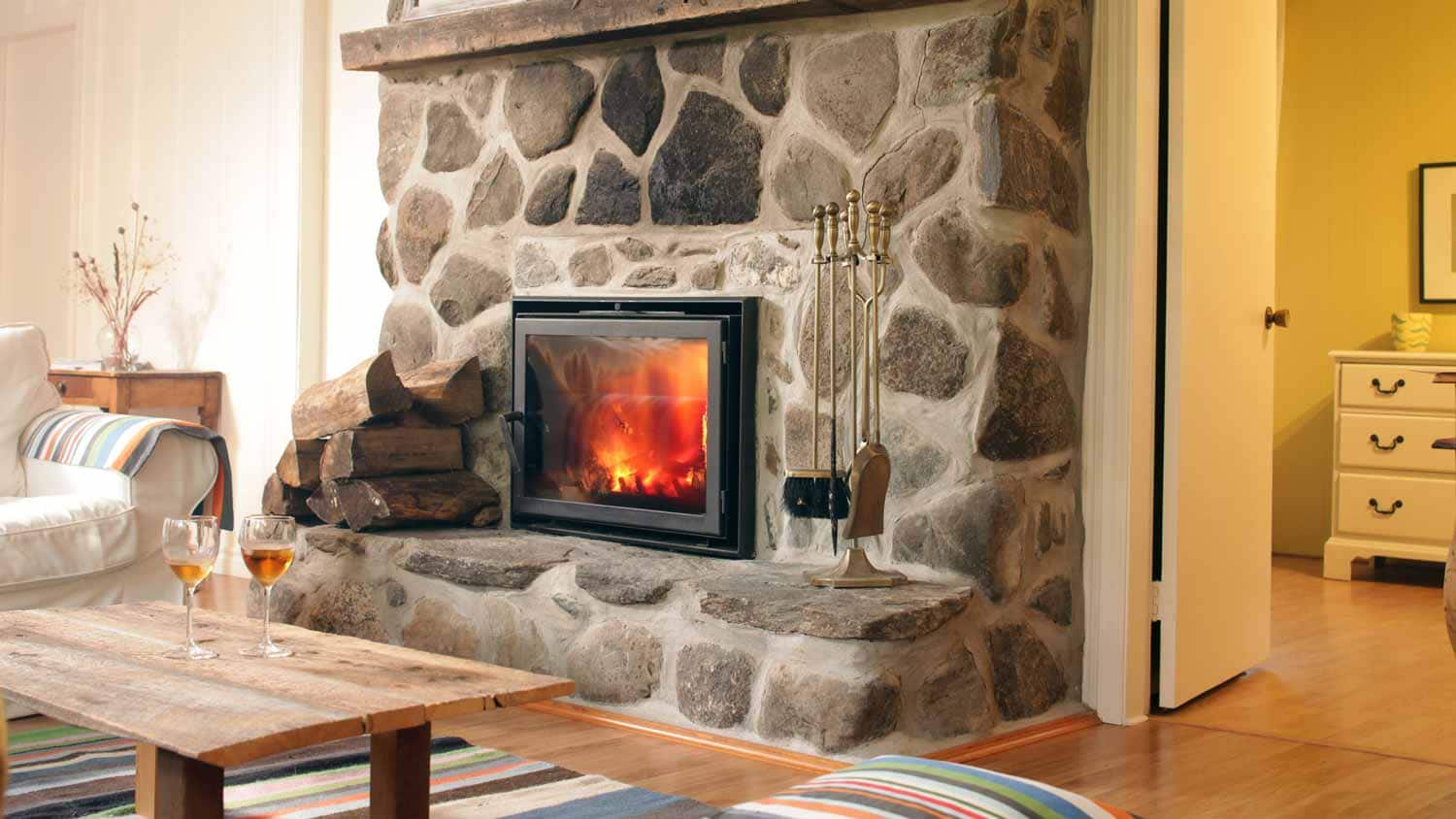
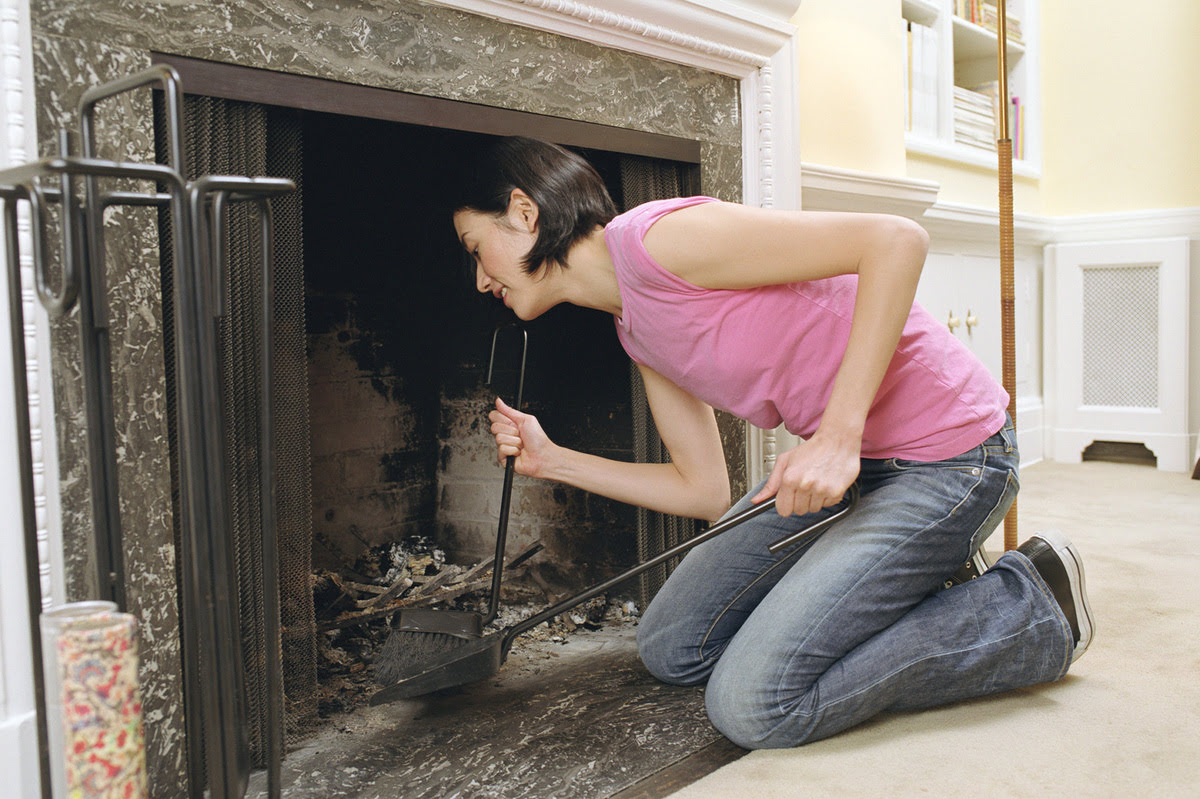
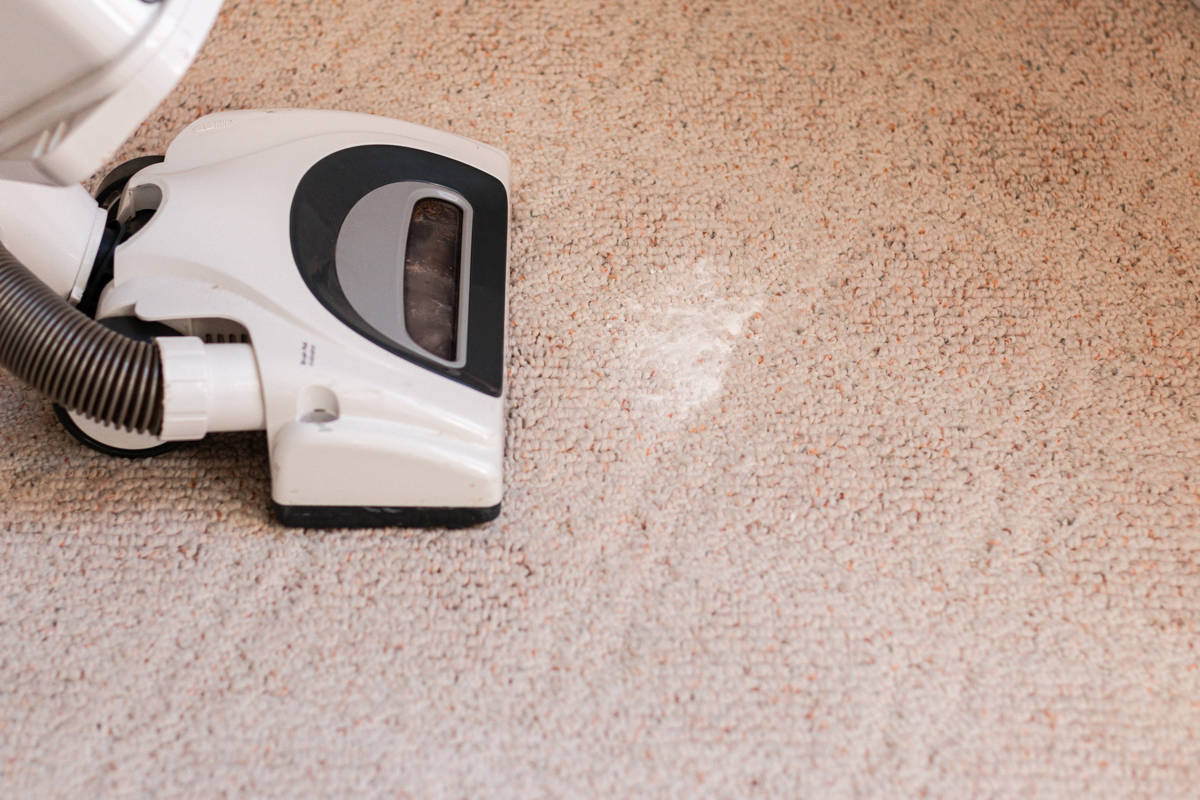
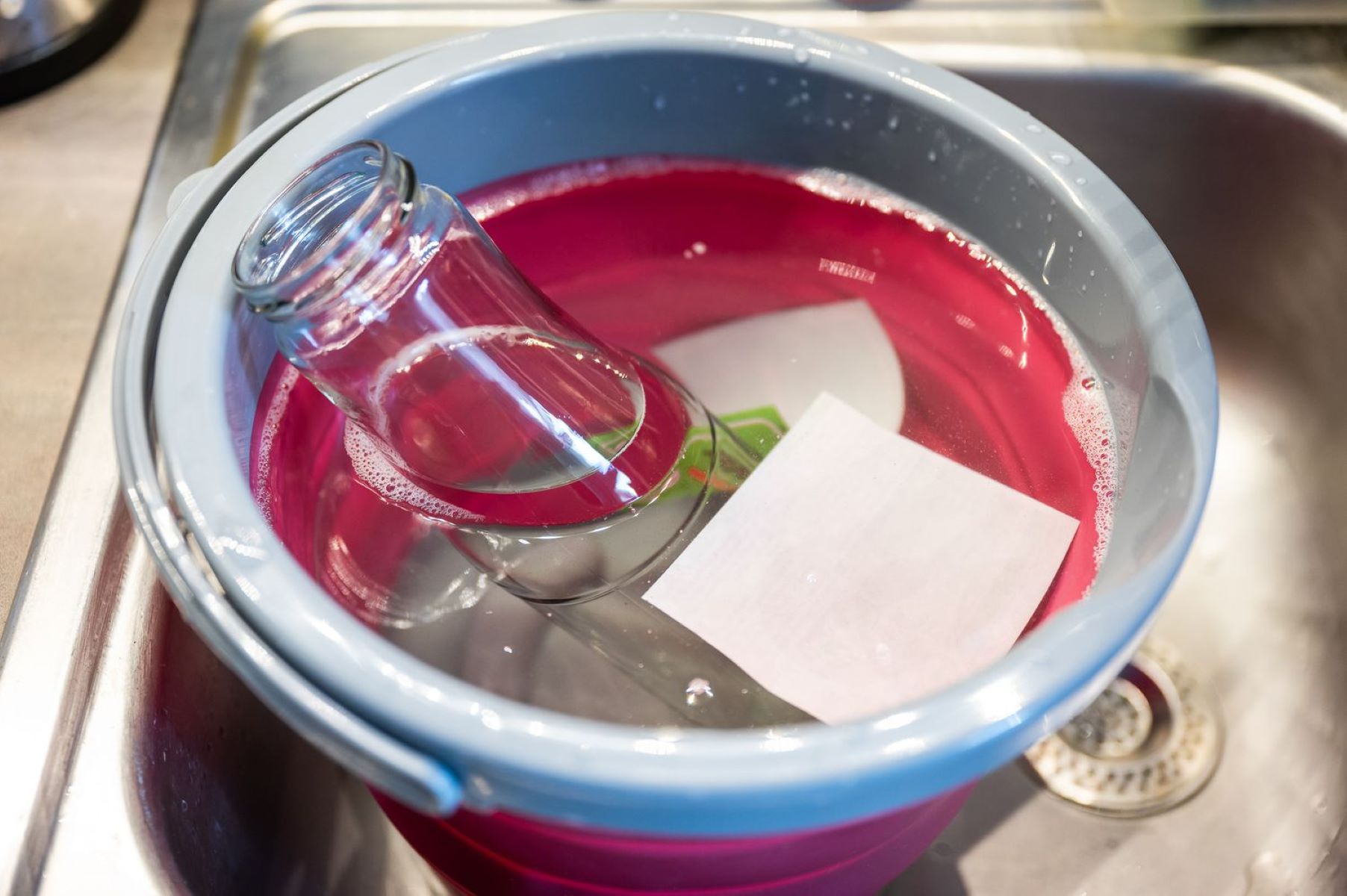
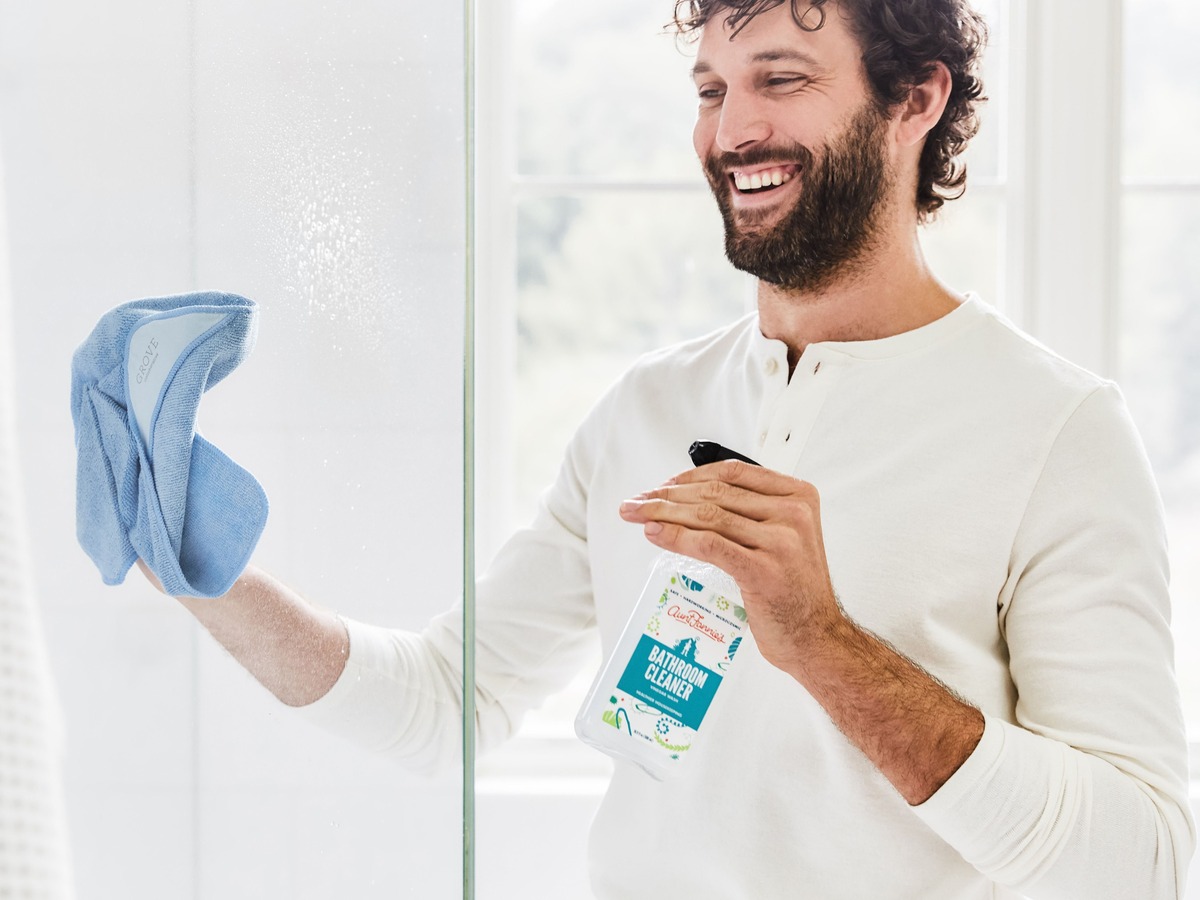
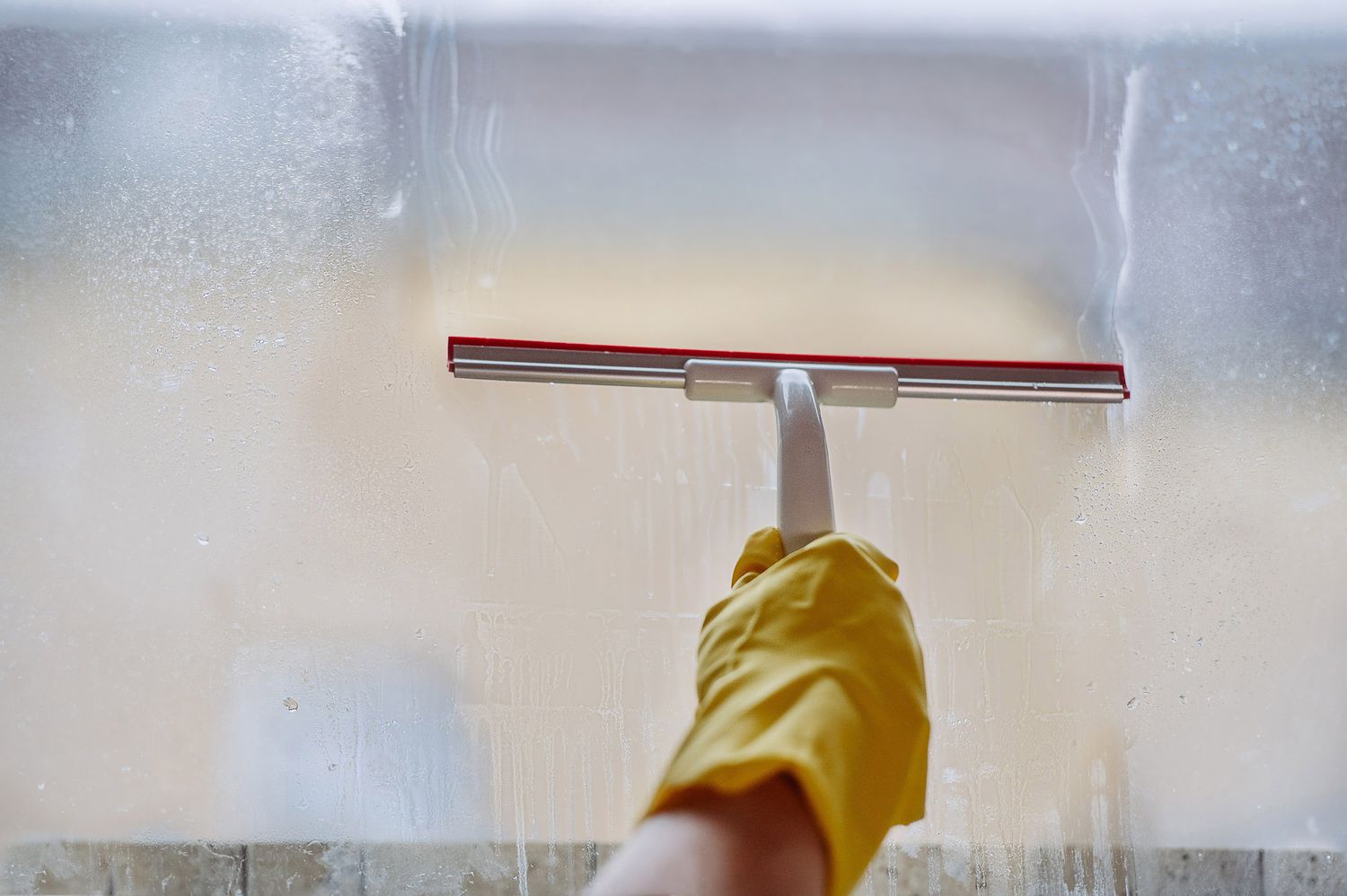
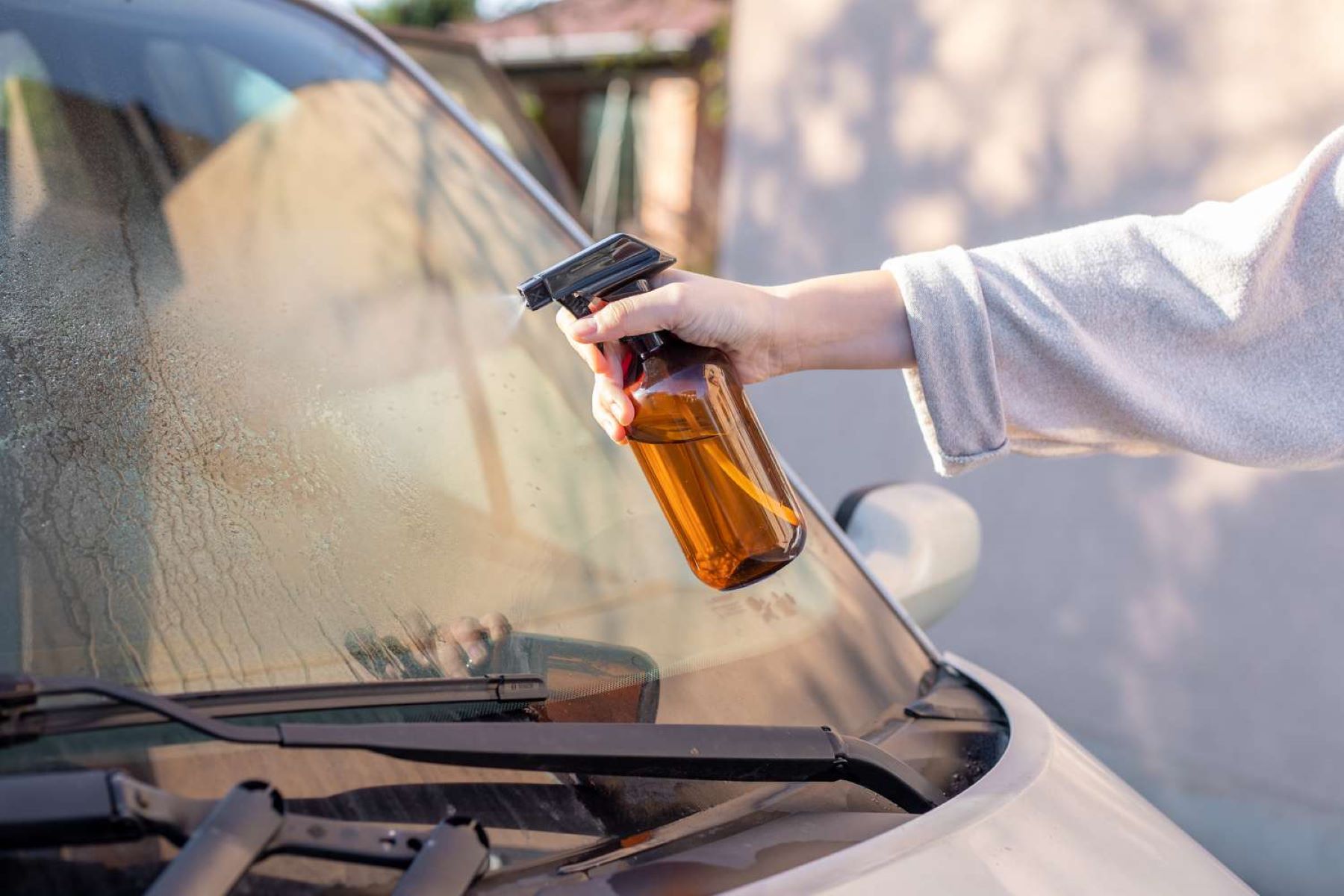
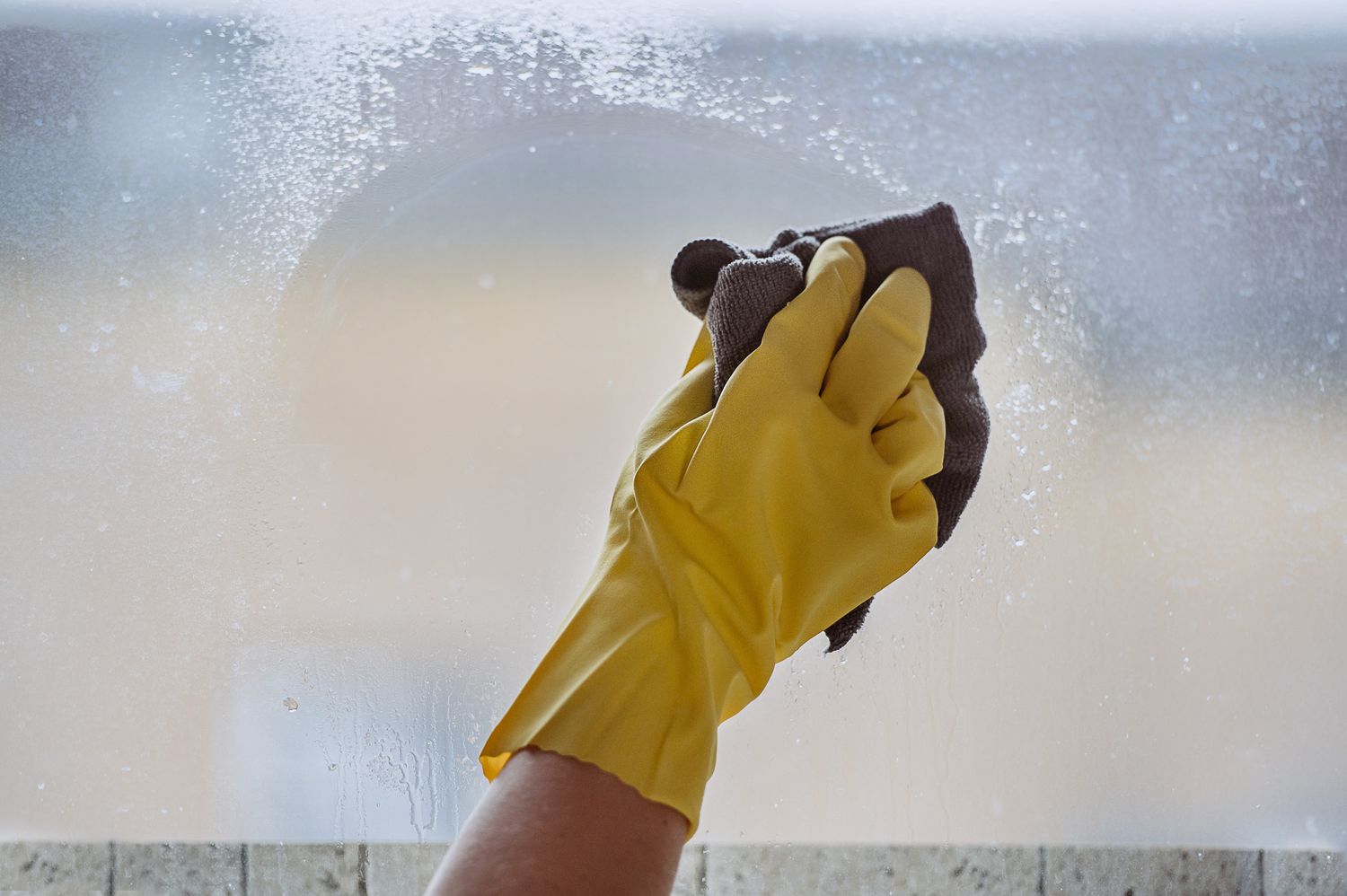
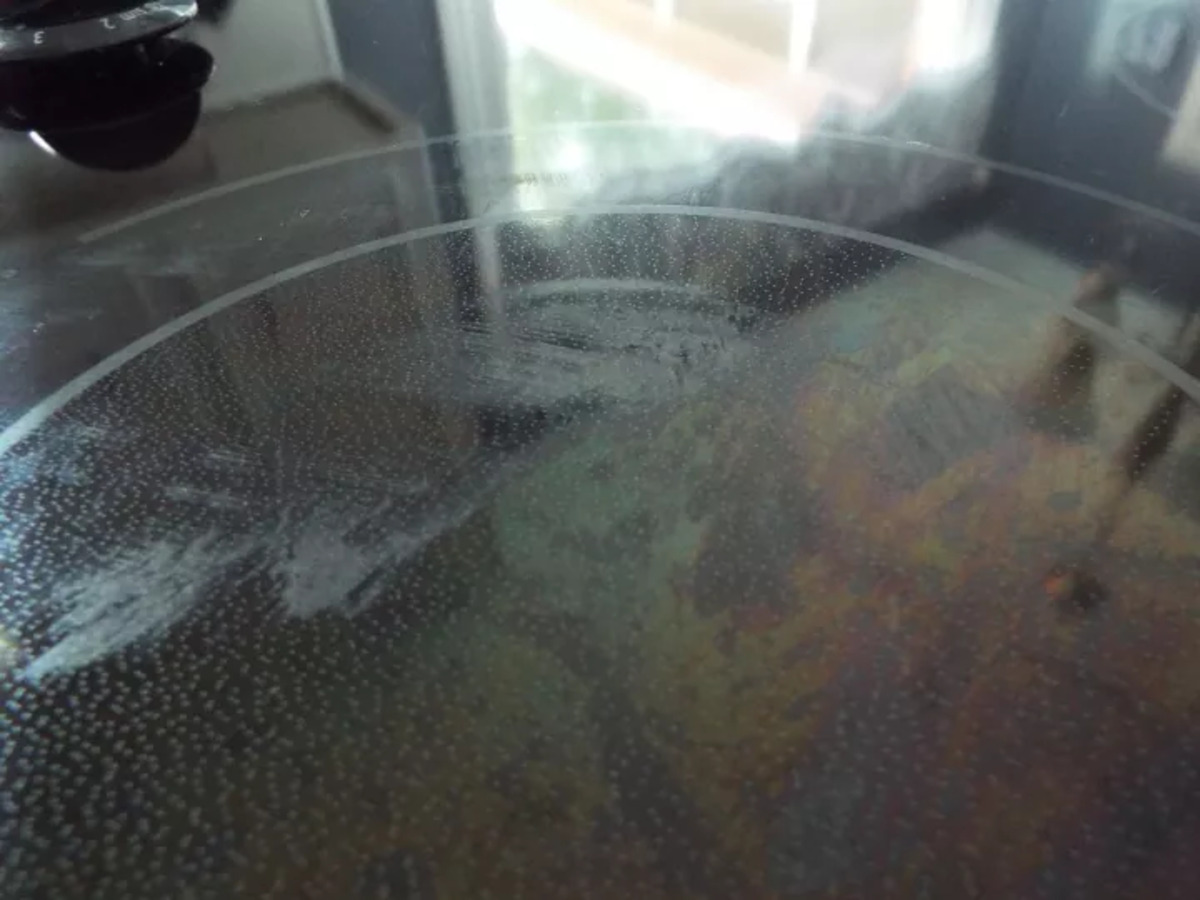
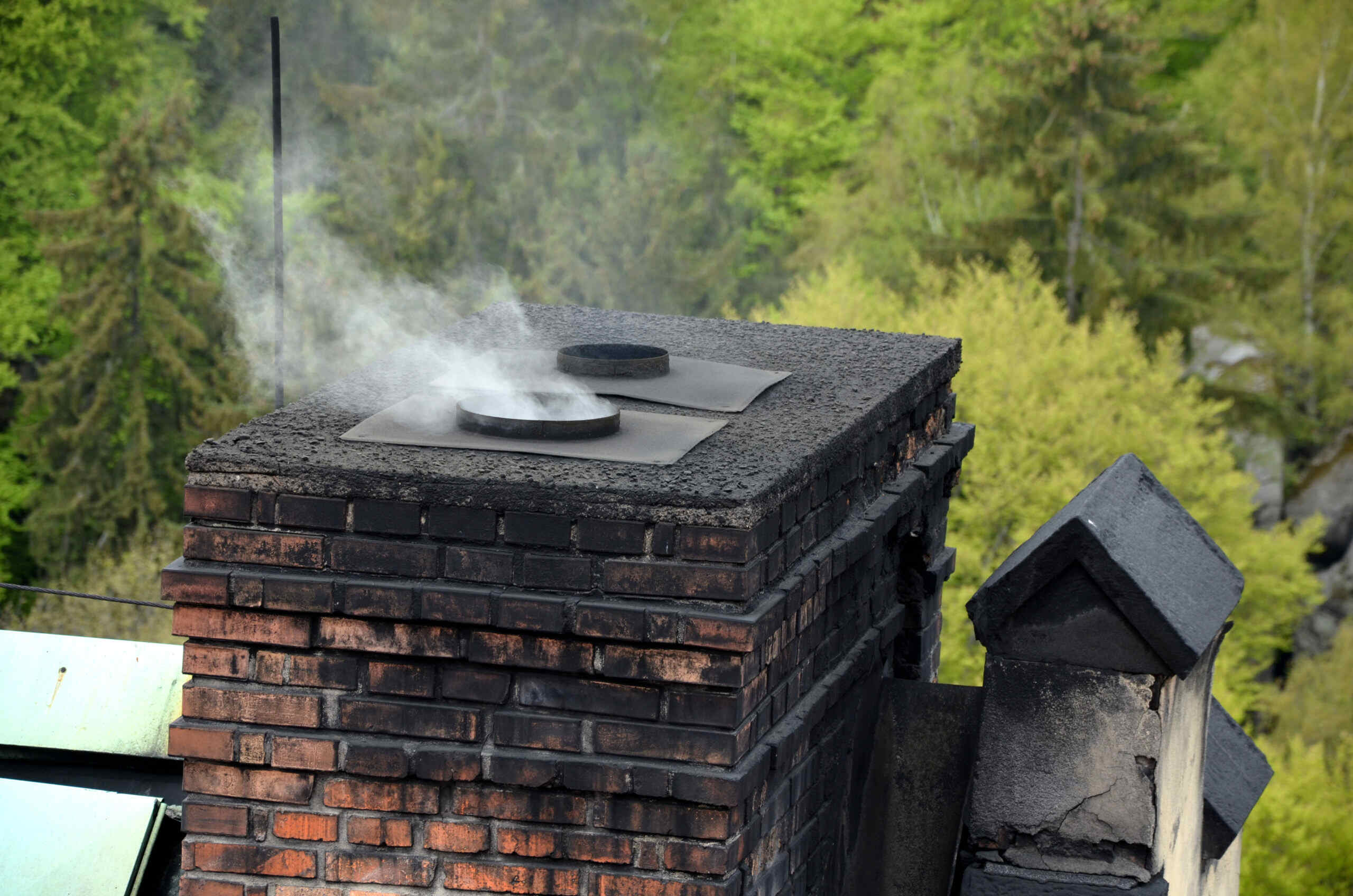
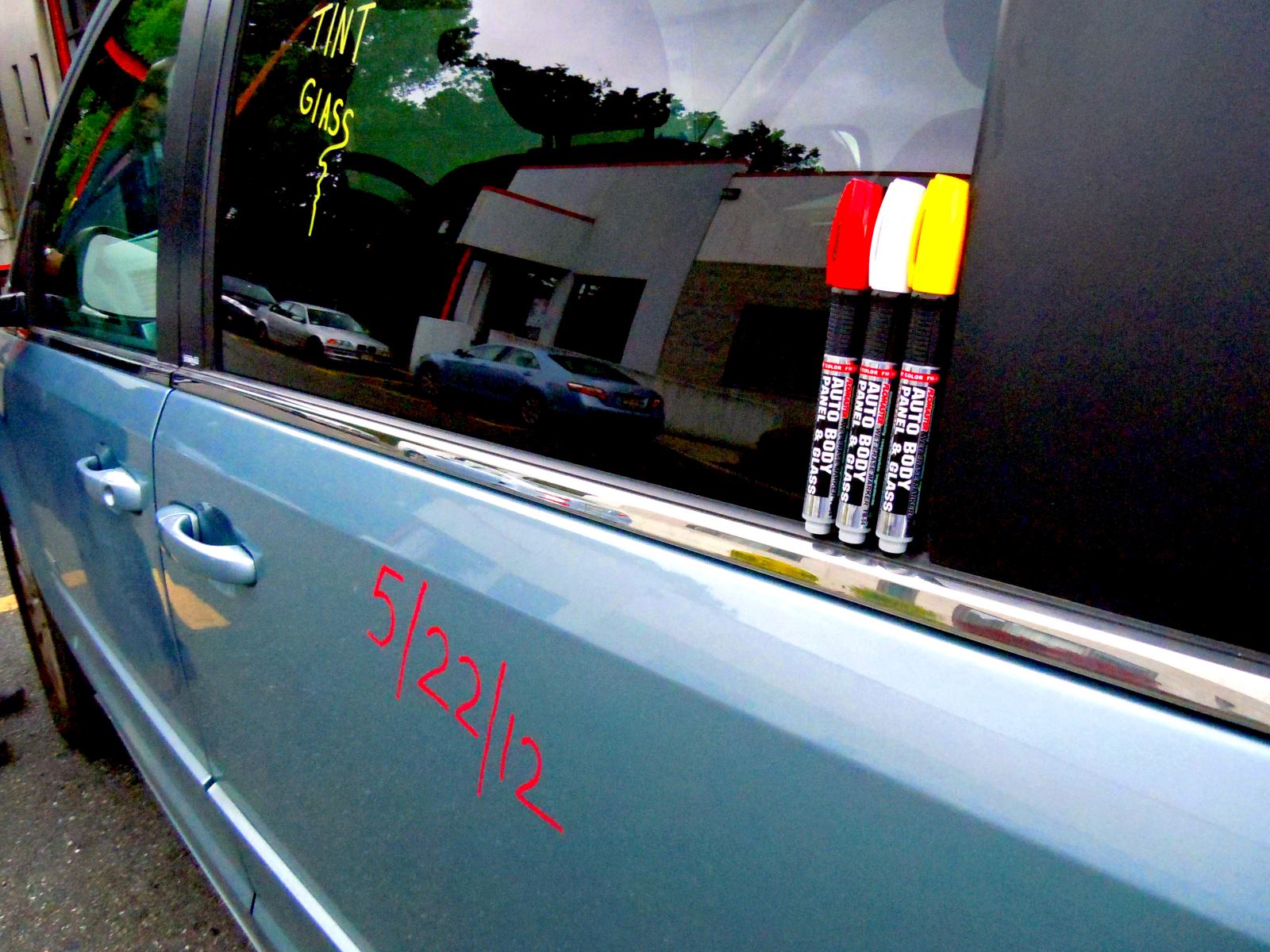
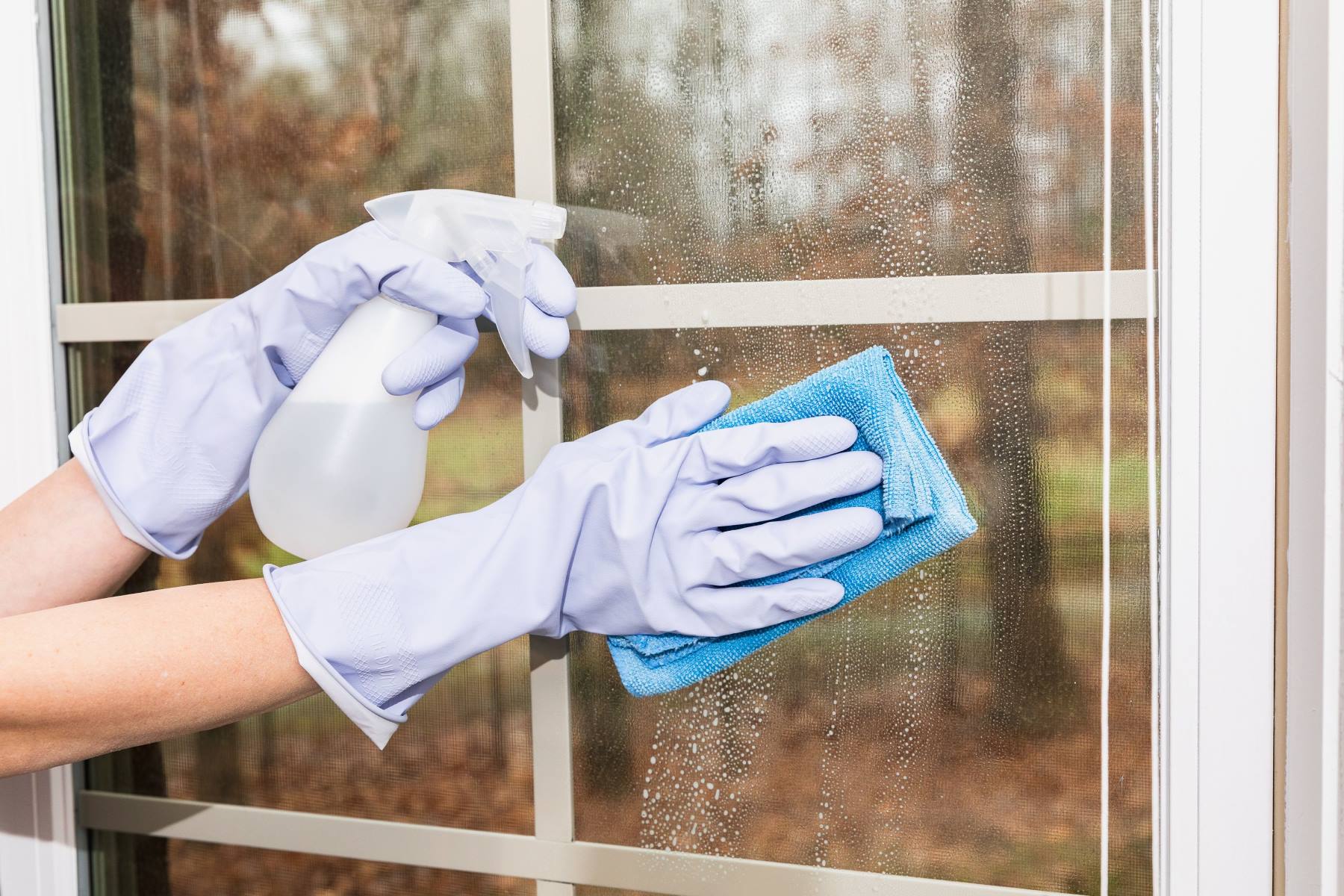
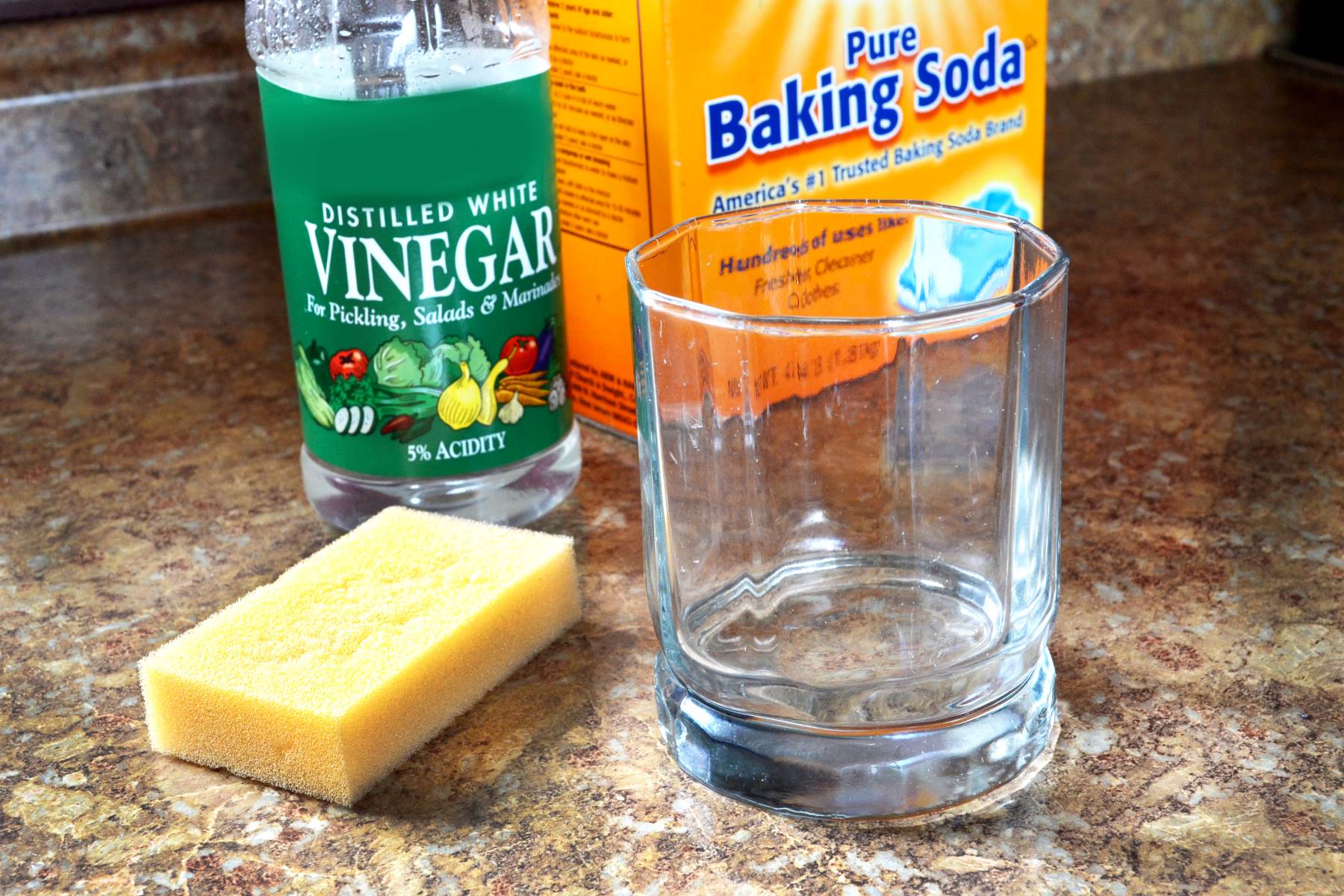

0 thoughts on “How To Clean Soot Off Glass”